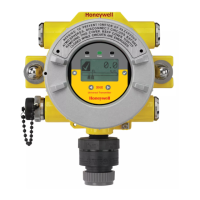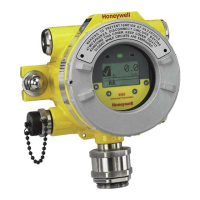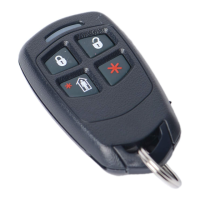

Do you have a question about the Honeywell XNX and is the answer not in the manual?
| Ingress Protection | IP66/67 |
|---|---|
| Product Type | Universal Transmitter |
| Enclosure Rating | IP66/67 |
| Display | LCD |
| Communication Protocols | HART, Modbus, Foundation Fieldbus |
| Power Supply | 24 VDC nominal, 18-32 VDC |
| Operating Temperature | -40°C to +65°C (-40°F to +149°F) |
| Material | Aluminum or Stainless Steel |
| Gas Types | Toxic, Oxygen, and Combustible gases |
| Output | 4-20 mA |
| Relays | 3 programmable relays |
| Approvals | ATEX, IECEx, UL, CSA |
| Sensor Compatibility | Electrochemical, catalytic, infrared, and other sensor types |











